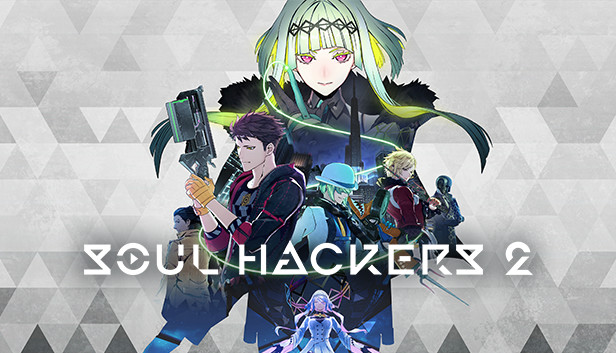
Review: Soul Hackers 2 (PC)
Evolution is at a standstill. Mankind has seemingly peaked as it wades in the stagnant waters of technological progress. Underground terrorist organizations and technocratic supranationalist groups wage war in the shadows as society’s clock ticks ever closer to midnight. In Soul Hackers 2, humanity dances ever so closely to the edge of damnation.
It feels like Atlus is finally hitting their stride in releasing more Shin Megami Tensei content without having to rely on the namesake of the “P” word. Launching nearly fifteen years after the previous entry in the Devil Summoner series and a whopping twenty-five from it’s direct prequel, Soul Hackers 2 attempts to set itself apart from it’s two older brothers while also learning from previous mistakes. In actuality, your experience may vary.
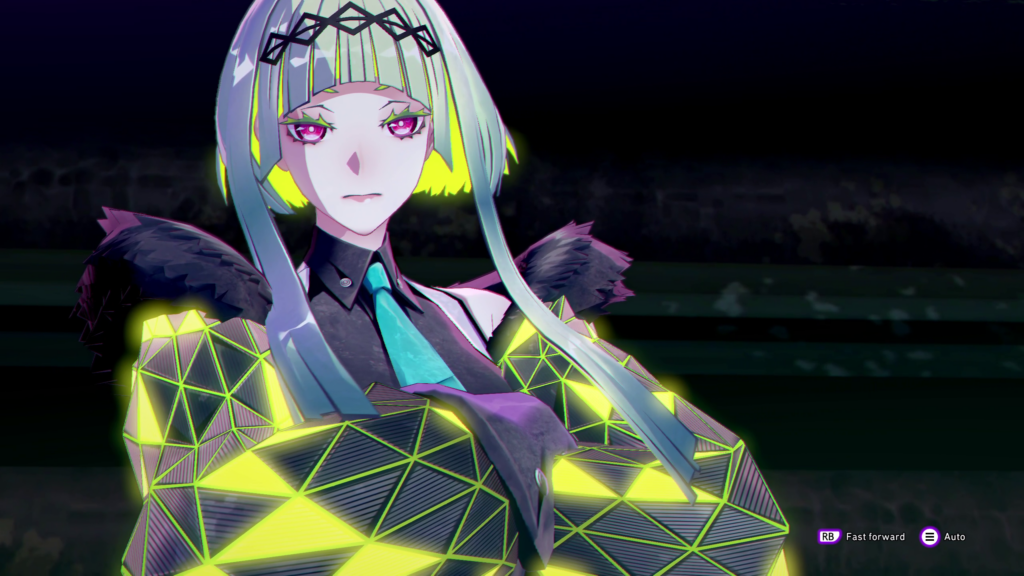
The turn-based RPG even tries to break away from its own sequence, setting itself drastically apart from the Devil Summoner array by embracing a more future-vogue aesthetic that is still somewhat reminiscent of modern Persona entries. While more mature in tone, Soul Hackers 2 embraces a generally light-hearted demeanor amongst your motley crew of resurrected bounty hunters. Everything from the character design to the battle sequences are deliberately flashy, as if Atlus is trying to pull your attention away from some of the rougher edges.
In the name of evolution
You follow the story of Ringo, a newly born sentient entity from the memory banks of Aion, an artificial Intelligence that continuously monitors and protects the human world. Sensing the ever-present threat of the apocalypse drawing near, Aion deploys Ringo and her retainer Figue in efforts to stop a series of murders that could trigger the end of the world. As a result, Ringo’s mission has her dive into the world of the criminal underground, stocked with warring gangs, espionage, and Devil Summoners for hire.
Unfortunately, Ringo’s rapid deployment still proves to be delayed, and she finds her target neutralized. Faced with no other valuable leads and running low on time, she performs the incredibly risky “Soul Hack” – diving into her target’s psyche and bringing them back to life. The entire process binds the double agent Arrow to her – along with his demons – forcing him to tag along with our heroine if he wishes to maintain his powers. Luckily, he’s rather agreeable to the whole mess.
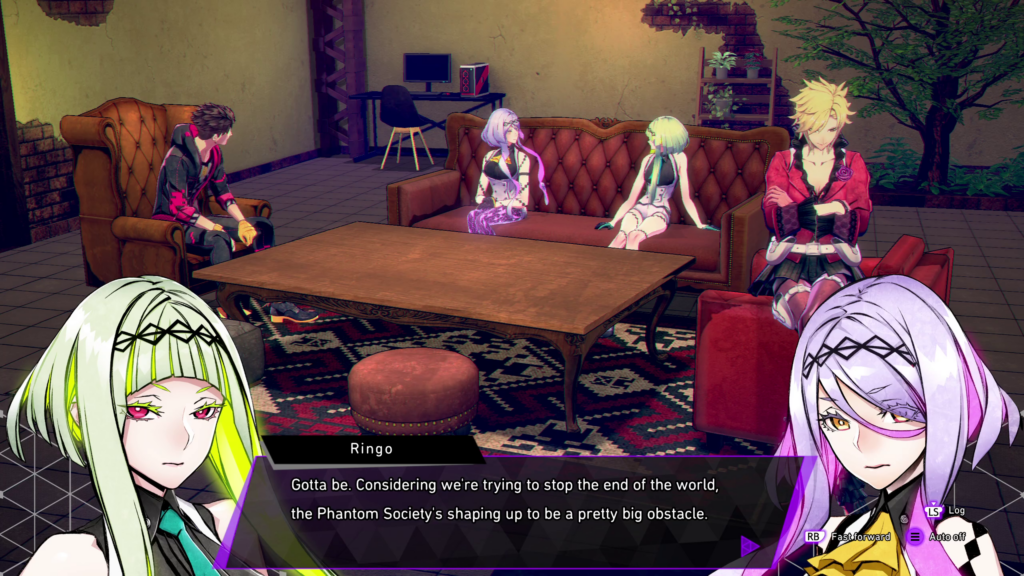
While Soul Hackers 2 does a great job in setting up this noir mystery for the player, it immediately kills any of the potential subtlety it could have built upon by railroading the introduction of two additional characters added to the party within 90 minutes time. Atlus spends next to no time getting right to the point of who the supposed big bad is and what their motives are, almost as if being dropped in the halfway point of your typical JRPG.
Getting to know you…
To make up for lost time, Atlus invites you through a series of optional dungeons, each eerily identical to one other in design. Each dungeon found within the hub of the Soul Matrix represents the deep-seated memories of one of the human party members – recounting their motivations, desires, and moments leading up to their eventual demise. These memory segments are walled off by Soul Level thresholds – a value determined by the depth of your relationship with your teammates. In order to increase your Soul Level with each individual character, you’ll need to select specific dialogue options throughout the main campaign, as well as go the extra mile taking them out for drinks and just “hanging out”.
You’ll also have the opportunity to build relationships with NPCs, though in a largely superficial manner. Requests for Demon Summoning services are posted at the elaborately decorated Club Cretaceous, where you’ll find the majority of your side quests. Here, both major and minor NPCs can leave their behests with the assurance that you’ll get to it eventually. Every now and then, there will be a quest that holds some significant meaning to our little shop keeper like finding the lost toy of some Great Value™ Super Sentai rip-off. You’ll have your moment, cry together and what not, then collect your discount or extra goods. Case Closed.
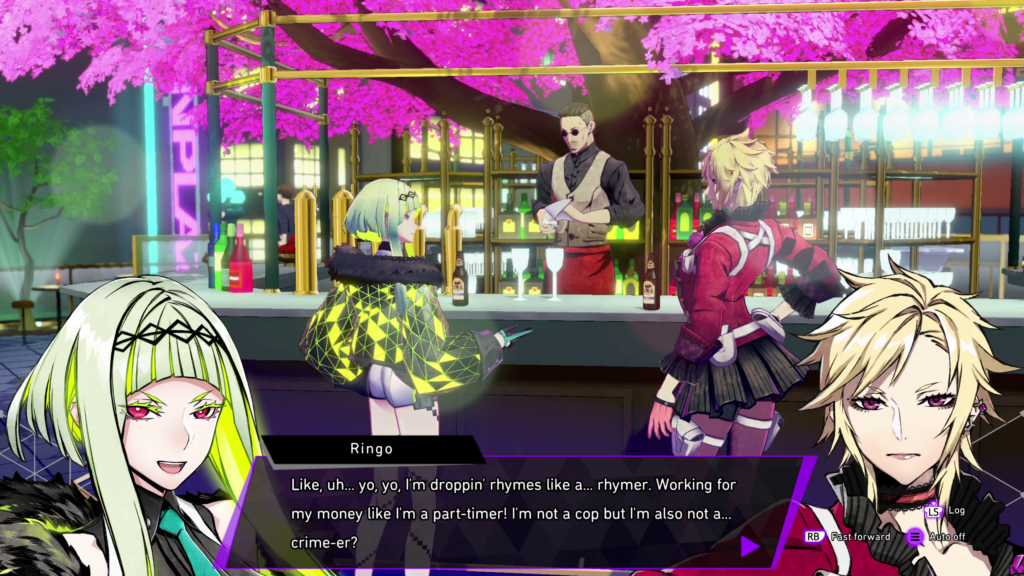
These secondary missions do provide some excellently written insight into our allies, however, the amount of time it takes to traverse through the Soul Matrix or go back and forth from previously explored dungeons just to fight a small group of enemies can be tedious and time consuming – not to mention grindy. The sheer difference in level between objectives almost requires you to take on these side quests less you’d be subjected to hours and hours of grinding.
Let’s get this party started
Speaking of the grind, combat presents itself in a familiar manner if you’re a veteran of the Shin Megami Tensei franchise. Your Devil Summoners will command the powers of their infernal counterparts by way of the COMP system – a device that acts as both as firearm and summoning construct.
What makes the gameplay of Soul Hackers 2 unique is that it forgoes the traditional “Push Turn” mechanic for the “Sabbath” finisher. During combat, whenever your strike at an enemy’s weakness, the demon that was used is “set free” and added to the “Stack”. After completing your round of combat, whatever demons were left over on the Stack then unleash a powerful “Sabbath” attack. The more demons on the Stack, the higher the damage dealt.
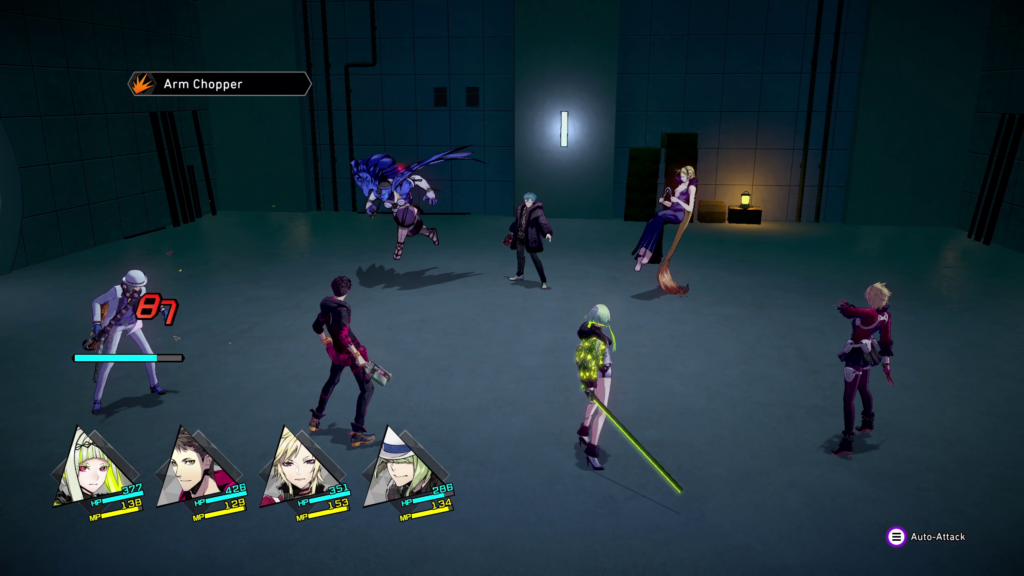
This change in formula is a precarious one, as it seems that its purpose is to speed up combat by rewarding the player for exploiting the opposition’s weaknesses. However, Soul Hackers’ predecessors also had similar mechanics with Persona’s “All-Out Attacks”, where after landing a critical hit on each enemy, the party gang-rushes their foes for a similar result – and that’s while also using Push Turn. Plus, critical strikes surprisingly no longer yield you any benefit outside of the extra damage where the Push Turn system would have granted an extra turn. It would have been nice to see some sort of reward for the RNG gods smiling on me by adding another demon to the stack.
That said, the Sabbath system tries to keep things interesting by adding Commander Skills that can increase the stack count for each attack dealt to an opponent or applying Sabbath-only passive skills to demons that can heal allies or inflict status effects on enemies. A small recompense for dealing with a largely reductive battle system.
Back to basics, unfortunately
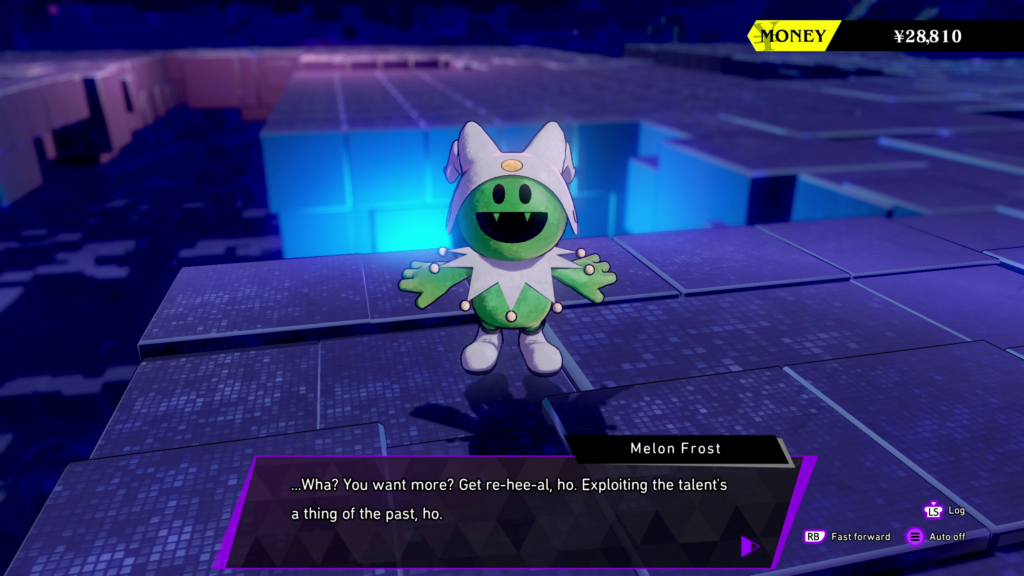
Had Soul Hackers 2 been released in 2012 instead of 2022, it would have been regarded as a solid upgraded experience from its contemporaries at them time. Unfortunately, much of Soul Hackers level design and combat real relatively dated when compared to the experiences to be had in Persona 5 or SMTV. Dungeons are nothing more than a series of hallways like in Persona 4 (2008) where the shops and hubs to interact with the people have even less ground to navigate through than Shin Megami Tensei III: Nocturne (2003).
It’s unfortunate because beneath all the bloated layers lies a game that is truly charming with its sense of style and charisma. A considerable amount of care went into crafting the personalities of your party of five, for them to ultimately be shoehorned into a very rushed product.
Soul Hackers 2 is available on PlayStation 4/5, Xbox Series X|S, and Steam.
Verdict
Okay
Average
Marred by dated gameplay elements of games past, Soul Hackers 2 otherwise interesting story, characters, and concept is held back by much of the rudimentary design of the late 2000s.

